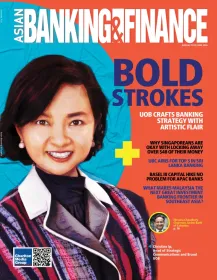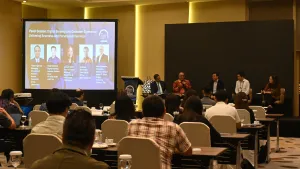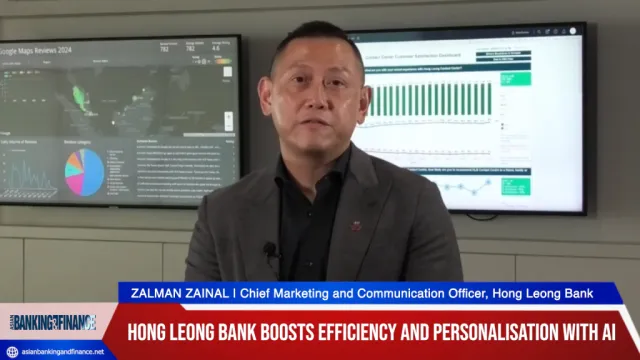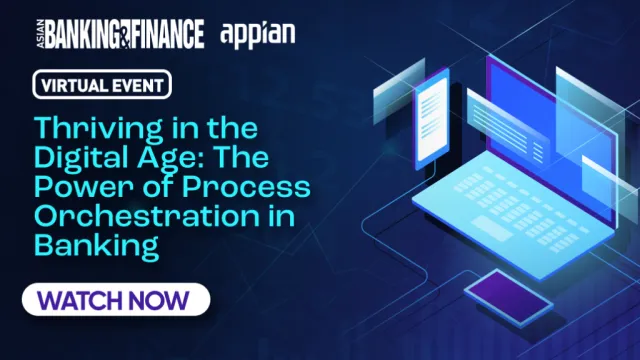
Here's why most of the 26 Indian bank licence applicants are predicted to fail
The 40% priority-sector lending target could be tough.
According to Fitch Ratings, the 26 applicants for new bank licences in India face tough requirements that are likely to lead to only a limited number receiving licences and developing into substantial banks.
The central bank's objective to address financial inclusion places heavy demands on profitability and capital, and is likely to lengthen the time it takes for a successful applicant to establish a presence.
Here's more from Fitch Ratings:
The Reserve Bank of India requires new banks to open one in four branches in rural areas and fulfil statutory reserve requirements - including placing 4% of deposits with the central bank and holding 23% in government bonds from day one.
We believe some entities will find the 40% priority-sector lending targets tough, even though they have around three years to meet them. Infrastructure finance companies with large existing loan portfolios that have little or no prior presence in the required sectors are likely to find the target most challenging.
The strict conditions mean that profitability for new banks is likely to be limited until they secure a strong foothold. Many of the applicants are likely to need to invest in new systems and processes to manage new asset risks. The transformation of existing franchises will be slow, as most will have to start from scratch.
Asset-finance applicants could leverage their existing customer base, but it is largely unbanked. Successful applicants are likely to be those with financial firepower and strong management to handle the transition and growth.
The number of applicants is less than the market's expectation, reflecting the high barriers to entry and regulatory restrictions that limit the competitive advantage of getting a bank licence - especially for established non-bank financial institutions (NBFI).
For stronger NBFI applicants - such as IDFC, which has ambitions to expand - a bank licence may add diversity and allow greater operational and funding flexibility over the longer term.
We believe the established NBFI applicants may be better placed to switch to bank status. Nevertheless, the move away from their core competencies and well-managed operations into new businesses and unfamiliar risks with additional regulatory hurdles, may put put pressure on their capital.
New entrants are unlikely to increase competition in the medium term because of the additional profitability pressure from their expansion plans and the financial inclusion conditions.
The 10-year gap since the last round of new banking licences means that existing operators are well entrenched, especially in urban markets. New entrants may bring some much-needed innovation to a sector where only around 50% of households have access to banking services.
The Reserve Bank of India announced on 1 July that it had received 26 applications for new banking licences. The applicants comprise a range of institutions - including state-owned, established NBFIs; large corporates; and small micro-finance companies.
It is unclear how many will meet the RBI's selective criteria and will be granted a bank licence.
Click here to read more.













 Advertise
Advertise










